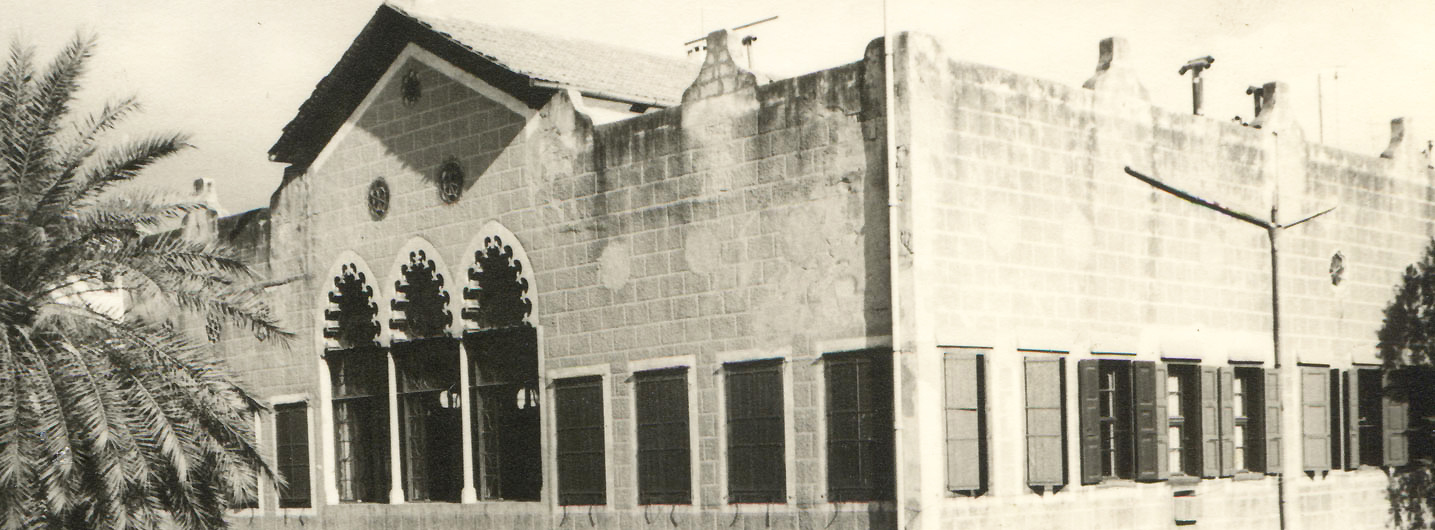
by Virginie Fromageot-Laniepce
In the second half of the 20th century, some French pioneering scholars explored new ways to formalize the information contained in archaeological publications and to change publishing practices.
It all started when, in the mid-1950s, Jean-Claude Gardin proposed the use of mechanical devices to Henri Seyrig, the director of the French Institute of Archaeology in Beirut. At that time, Gardin was already aware of the international development of information retrieval systems, and thought they were appropriate to the work of Jean Deshayes, who was preparing his publication of 4,000 tools from the Bronze Age in the Aegean World and the Near East. Gardin designed a searchable catalogue of finds on peek-a-boo punched cards that can be considered as the ancestor of archaeological databanks. Having combined emerging documentary systems with new descriptive systems, he is nowadays being considered as a pioneer in archaeological computing.
After Gardin’s proposal and its dissemination across many laboratories, in 1968 René Ginouvès founded the Center TAAC (Centre de recherche sur les Traitements Automatisés en Archéologie Classique) at the Paris Nanterre University to develop resources for automatic documentation in classical antiquity. René Ginouvès’ objective was to incorporate new computer technologies into descriptive systems. The first one was prepared by Anne-Marie Guimier-Sorbets in 1975 on the geometrical decoration of ancient mosaics. At the same time, Henri Stern and his team launched a program to describe the different patterns of mosaics in Gaul at the École normale supérieure. Thanks to Jeannine Christophe and Anne-Marie Guimier-Sorbets, the successful collaboration of both teams resulted in a high number of joined publications.
The TAAC designed descriptive systems for other classes of archaeological material in Greek Archaeology : vases, iconography, architecture. For the creation of the relevant databases, software designed by computer laboratories was adapted to suit archaeological data analysis. The first software Satin, developed by the CNRS, was installed in the 1970s thanks to the computer Center for the Humanities of the Paris Nanterre University and the second one, SIGMI (SIGMINI), was developed by Professor Michel Lenci’s laboratory at the École des Mines de Paris. As to the TAAC’s databases on the mosaic, containing data from the Greek world in Hellenistic period, the software was been upgraded and the bibliographical data were updated to make them sustainable for more than four decades.
From the 1980s to 1990s, Anne-Marie Guimier-Sorbets proposed the introduction of multimedia systems as a publication alternative. She associated a large set of pictures to the existing databases, through the creation in 1985 of a videodisk, an old analogic support capable of storing one hundred thousand pictures. In 1992, at the time the French School of Athens commemorated the one hundredth anniversary of the excavation in the Sanctuary of Apollo in Delphi, she explored cutting-edge technological applications, natural language searching, automatic and manual indexing, image retrieval. She brought together a variety of multilingual texts, images and plans concerning the Greek site to test a new reading space. It was an interesting period of research around users’ needs and reading accessibility using searchable and multimedia electronic resources. From then until now, research institutions and museums have explored IT opportunities to provide key resources to researchers and make them available for students and the general public for education and information campaigns.
This is not the only example of electronic publishing evolution reported in the French literature. Coming back to the late 1970s, conferences and publications focused on the application of computing in the documentary sector were frequent, but works on the analysis of reasoning in archaeology were not yet widespread. Jean-Claude Gardin, again, launched the “logicist” program, a long-term research project aimed at studying the mechanisms and foundations of archaeological reasoning, redesigning publication writing in order to give predominance to logical argumentation.
Although today there are not so many logicist publications, archaeologists can still refer to Gardin’s recommendations to facilitate for the readability of their writings. In 2000, Valentine Roux accelerated the application of Gardin’s ‘logicist’ approach to ethnoarchaeology through cross-media publishing (paper and CD-ROM). She designed a new format coupling archaeological data with their role in argumentation, thus changing practices in writing a publication. Her team applied this format to new books published in the Referentiels collection and to articles featuring in the Arkeotek Journal website.
Archaeologists can now meet their needs in digital publishing, although it still requires a common ground agreement and an evidence-based feedback. This is the main subject of the 12th Supplement (Les pratiques de la recherche en archéologie à l’heure du numérique. L’évolution de la recherche d’information et de la publication de 1955 à nos jours) to the journal ‘Archeologia e Calcolatori’.
VMAC 2020
In the banner, the French Institute of Archaeology in Beirut, housed in Beyhoum House (courtesy of IFPO Archives, website Medihal)